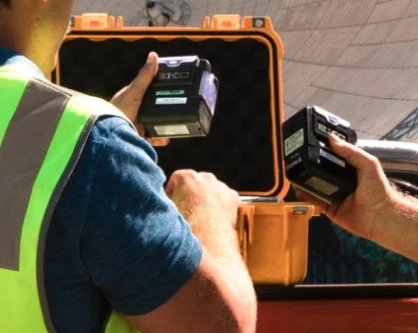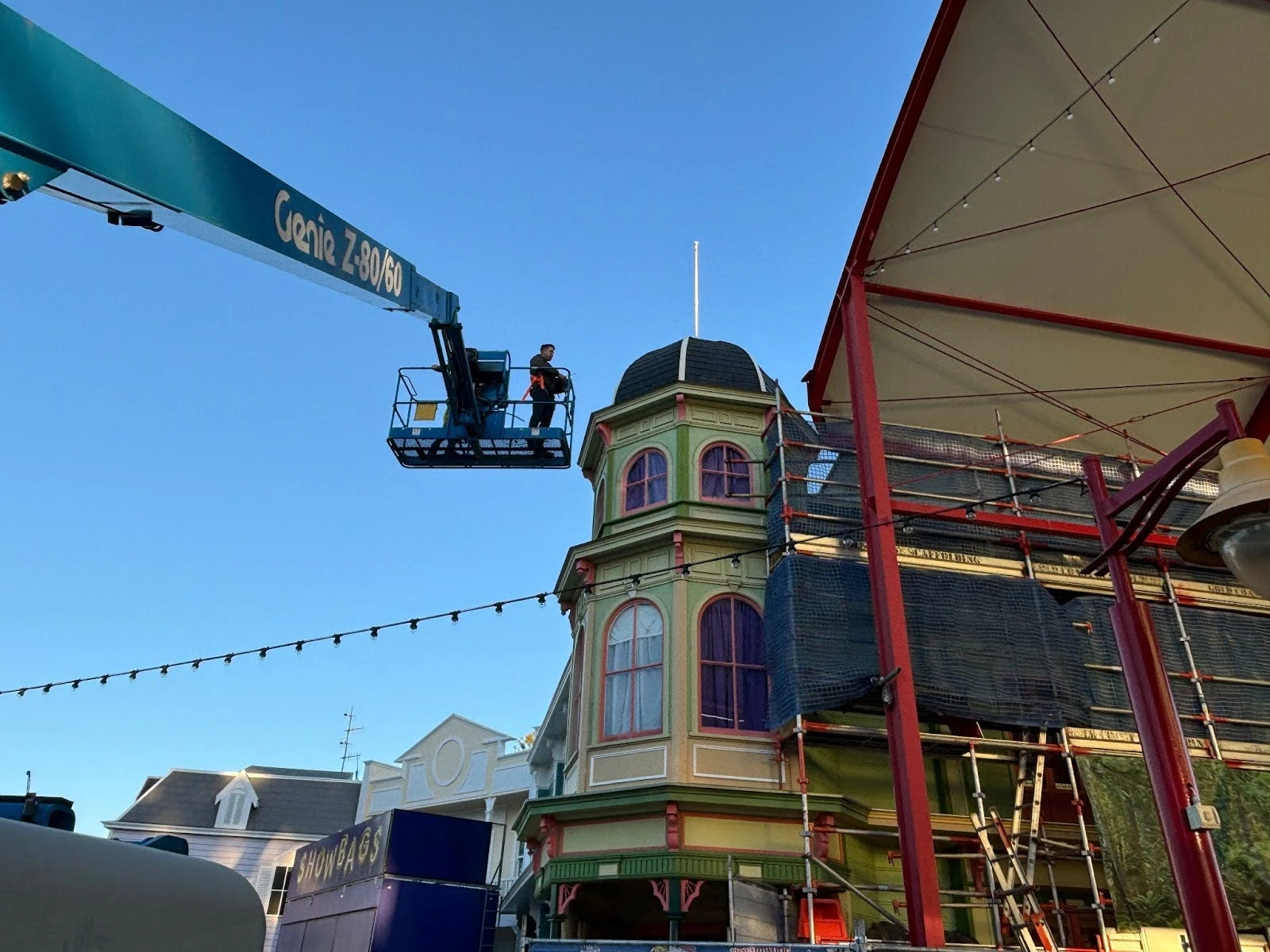In Australia’s commercial property sector, the role of an asbestos assessor is crucial for ensuring workplace safety and regulatory compliance. These skilled professionals play a vital part in identifying, assessing, and managing asbestos-containing materials (ACMs) in buildings. This article explores the key responsibilities of an asbestos assessor and their importance in maintaining safe commercial environments.
The role of an asbestos assessor
An asbestos assessor is a licensed professional trained to identify and evaluate the presence of asbestos in buildings. Their primary responsibilities include:
- Conducting asbestos surveys
- Identifying and documenting ACMs
- Assessing the risk of asbestos exposure
- Providing recommendations for asbestos management
- Issuing clearance certificates
Types of asbestos surveys
Asbestos assessors conduct two main types of surveys:
- Visual surveys: These non-intrusive inspections involve a thorough examination of accessible areas to identify potential ACMs.
- Intrusive surveys: More comprehensive than visual surveys, these involve assessing and taking samples from hidden materials suspected to contain asbestos for laboratory analysis.
For commercial properties, intrusive surveys are often necessary to ensure a thorough assessment, especially before renovation or demolition work.
Identifying and documenting ACMs
A key function of an asbestos assessor is to accurately identify the type and location of ACMs in a building. This involves:
- Visually inspecting materials for signs of asbestos
- Taking samples for laboratory analysis
- Using specialised equipment to detect hidden asbestos
The assessor then creates detailed documentation, including:
- An asbestos register listing all identified or suspected ACMs
- Floor plans to mark the location of ACMs
- Photographs and descriptions of ACM locations
This documentation is crucial for property managers to develop effective asbestos management plans.
Risk assessment and management recommendations
After identifying ACMs, the asbestos assessor evaluates the risk they pose. Factors considered include:
- The type of asbestos
- The condition of the ACMs
- The likelihood of disturbance
Based on this assessment, the assessor provides recommendations for managing the asbestos, which may include:
- Leaving the ACMs in place and implementing a management plan
- Encapsulation or sealing of ACMs
- Removal of high-risk ACMs
Issuing clearance certificates
An essential role of an asbestos assessor is issuing clearance certificates. These are required:
- After asbestos removal work, to certify that the area is safe for reoccupation
- Prior to demolition, to confirm that all ACMs have been removed
The clearance process may involve:
- A thorough visual inspection
- Air monitoring to ensure no asbestos fibres are present
- Issuing a formal clearance certificate
The importance of licensed asbestos assessors

In Australia, asbestos assessors must be licensed by the appropriate state or territory authority. This ensures they have the necessary training and expertise to:
- Accurately identify and assess asbestos risks
- Provide reliable advice on asbestos management
- Comply with relevant regulations and standards
For commercial property managers, engaging a licensed asbestos assessor is crucial for:
- Ensuring compliance with Work Health and Safety regulations
- Protecting the health of building occupants and workers
- Avoiding potential legal liabilities associated with asbestos exposure
Asbestos assessors play a vital role in safeguarding Australia’s commercial properties from asbestos risks. Their expertise in identifying, documenting, and assessing ACMs is essential for effective asbestos management. By providing clear guidance and documentation, asbestos assessors enable property managers to make informed decisions and maintain safe, compliant work environments.
For professional asbestos assessment services tailored to your commercial property needs, Contact Global Asbestos Audits today.

